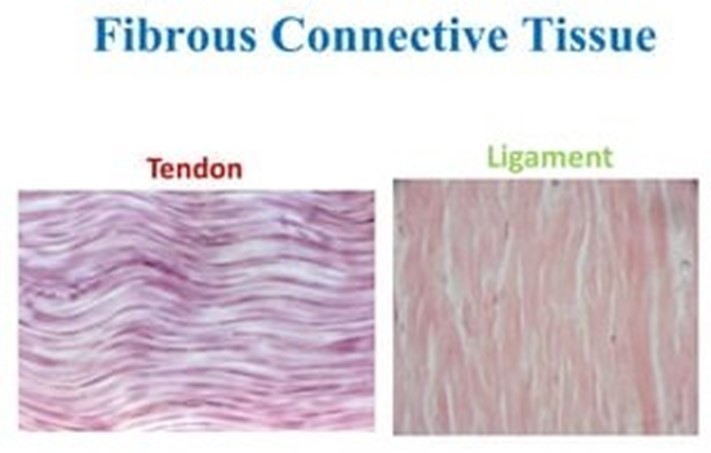A client experiences a musculoskeletal injury that involves the structure that connects a muscle to the bone. The nurse understands that this injury involves which of the following?
Joint.
Cartilage.
Tendon.
Ligament.
The Correct Answer is C
Tendon. A tendon is a fibrous connective tissue that connects muscle to bone. Musculoskeletal injuries that involve tendons can result from overuse, trauma, or degeneration. Tendinitis, for example, is a common condition characterized by inflammation of a tendon.

Choice A, Joint, is incorrect because a joint is the point of articulation between two or more bones.
Choice B, Cartilage, is incorrect because cartilage is a tough, flexible connective tissue that cushions joints and supports various structures in the body.
Choice D, Ligament, is incorrect because a ligament is a fibrous connective tissue that connects bone to bone and provides stability to joints.
Nursing Test Bank
Naxlex Comprehensive Predictor Exams
Related Questions
Correct Answer is B
Explanation
cryptorchidism as an infant. Cryptorchidism, or undescended testicles, is a known risk factor for testicular cancer. During fetal development, the testicles form in the abdomen and descend into the scrotum before birth. Failure of one or both testicles to descend into the scrotum can increase the risk of testicular cancer later in life. Therefore, a history of cryptorchidism as an infant is the most important assessment finding to identify clients at higher risk of developing testicular cancer.
Choice A, previous sexually transmitted infection (STI), is incorrect because although STIs can increase the risk of certain types of cancer, they are not a significant risk factor for testicular cancer.
Choice C, low sperm count, is incorrect because although low sperm count can be associated with testicular cancer, it is not a reliable indicator for determining a higher risk for testicular cancer. Low sperm count may also be caused by various other factors, such as hormonal imbalances, infections, varicocele, and genetic abnormalities. While it is important to monitor and treat low sperm count, it is not a definitive indicator of testicular cancer risk.
Correct Answer is A
Explanation
drug allergy. A skin rash is a common symptom of an allergic reaction to a medication, and a drug allergy can occur at any time during drug therapy. A drug allergy may be due to an immune response, causing the immune system to overreact to a medication that it identifies as harmful to the body. The symptoms of a drug allergy may include a rash, hives, itching, or difficulty breathing. It is important for the nurse to determine which medication the client is taking and if the client has a history of allergies.
Heat stroke (B) occurs when the body is exposed to high temperatures, leading to symptoms such as high body temperature, confusion, and loss of consciousness. Hormone changes (C) can cause various changes in the body but do not usually cause skin rashes. A suntan (D) is a reaction of the skin to ultraviolet light and is not a cause of a skin rash.
Whether you are a student looking to ace your exams or a practicing nurse seeking to enhance your expertise , our nursing education contents will empower you with the confidence and competence to make a difference in the lives of patients and become a respected leader in the healthcare field.
Visit Naxlex, invest in your future and unlock endless possibilities with our unparalleled nursing education contents today
Report Wrong Answer on the Current Question
Do you disagree with the answer? If yes, what is your expected answer? Explain.
Kindly be descriptive with the issue you are facing.
